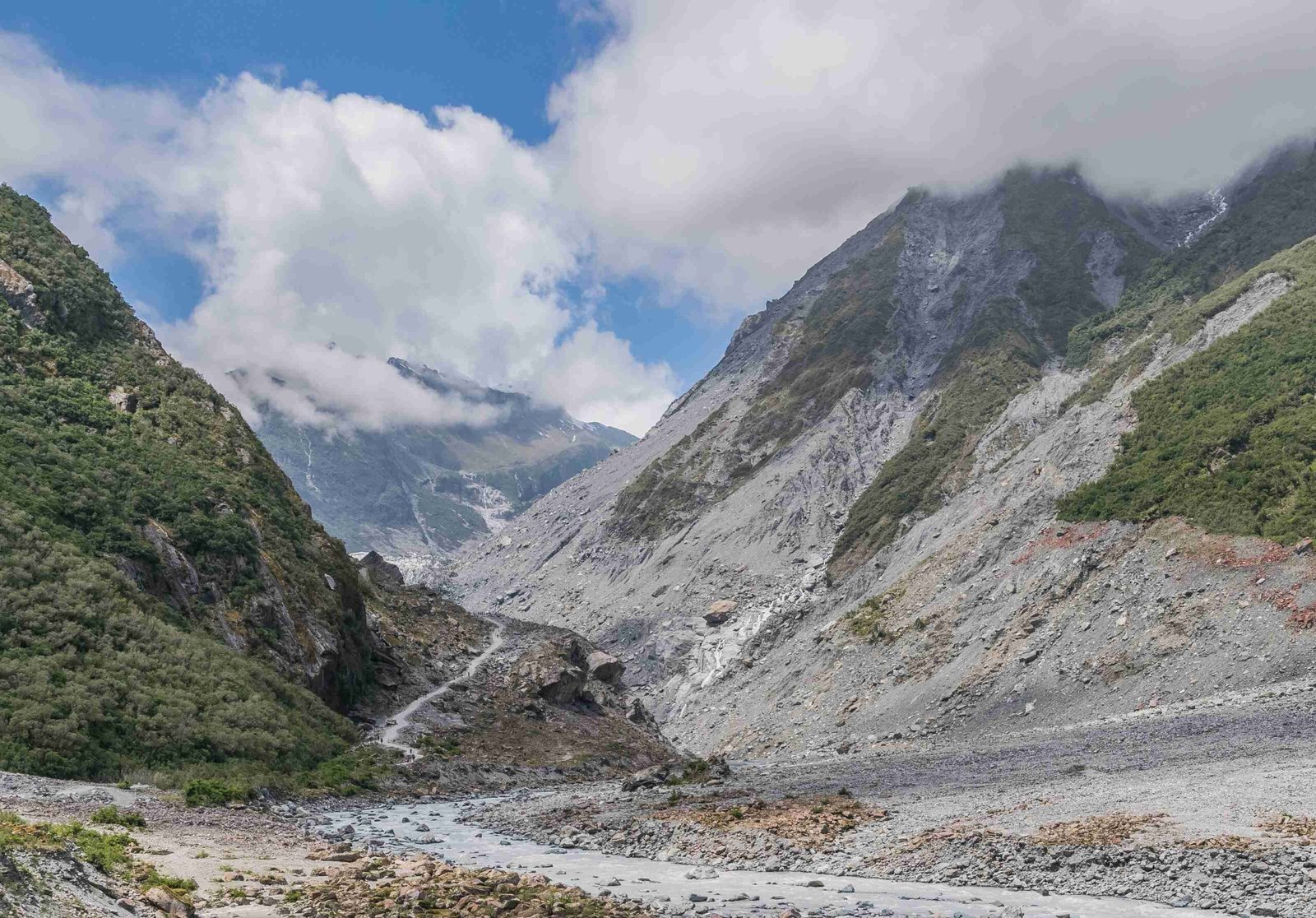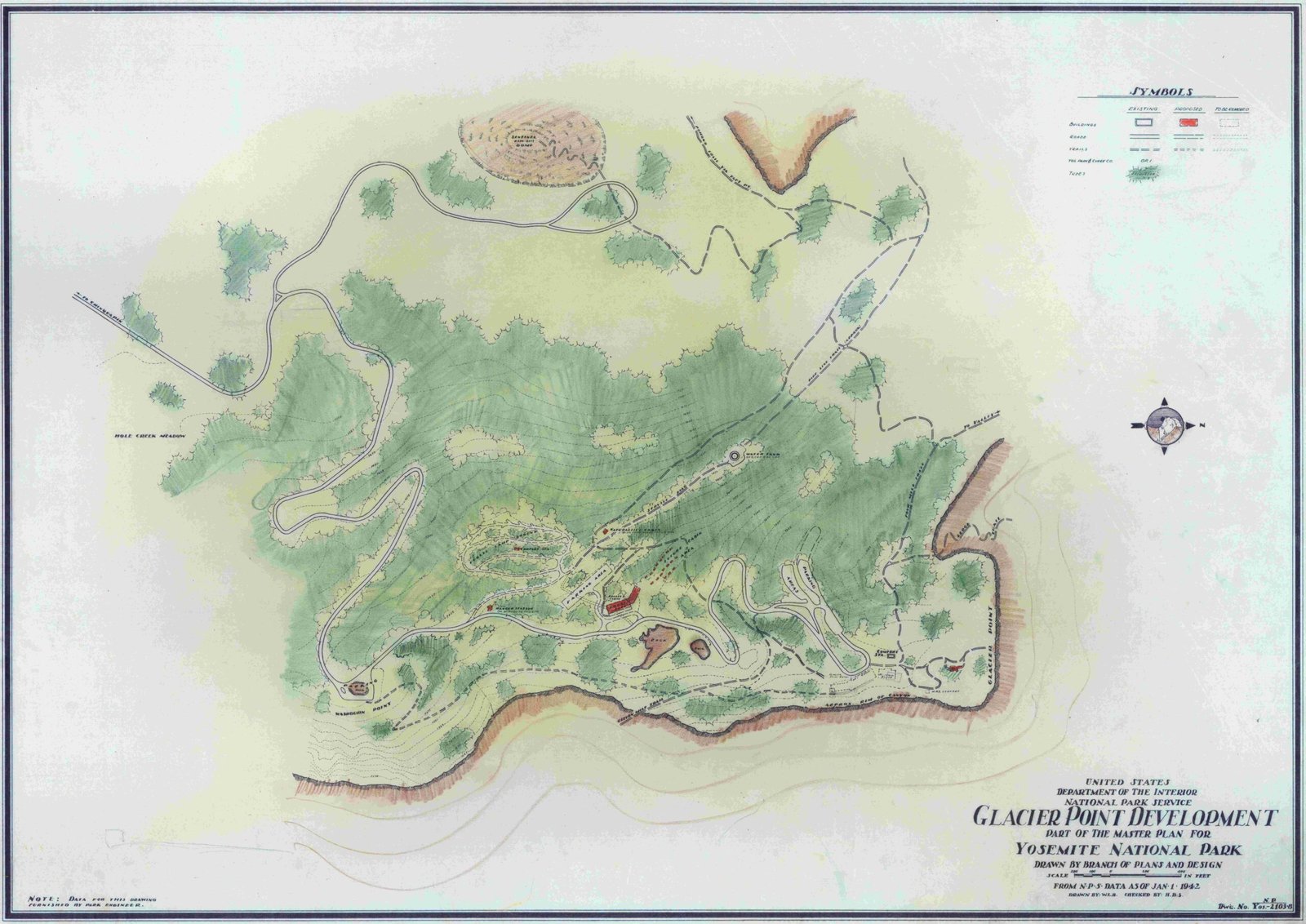Arête Glacier National Park is a breathtaking testament to the power of glacial erosion. These knife-edge ridges, formed by the convergence of two glaciers, create some of the most dramatic landscapes in the park. The Garden Wall and Ptarmigan Wall are prime examples of arêtes, offering visitors stunning vistas and challenging hiking trails. With over 700 miles of trails, Glacier National Park provides unparalleled opportunities to explore these geological wonders up close.
What is an Arête in Glacier National Park?

An arête is a narrow, knife-edge ridge formed when two glaciers erode parallel U-shaped valleys. In Glacier National Park, arêtes are prominent features that contribute to the park’s rugged beauty. The most famous arêtes in the park include:
- The Garden Wall
- Ptarmigan Wall
- Dragon’s Tail
- Pollock Mountain
These geological formations offer hikers and climbers unique challenges and breathtaking views of the surrounding landscape.
Where Can You See the Best Arêtes in Glacier National Park?

Glacier National Park boasts several locations where visitors can witness impressive arêtes:
- The Garden Wall: Visible from the Highline Trail and Going-to-the-Sun Road
- Ptarmigan Wall: Best viewed from the Iceberg Lake Trail
- Dragon’s Tail: Seen from the Grinnell Glacier Trail
- Pollock Mountain: Visible from the Swiftcurrent Pass Trail
Each of these locations offers a unique perspective on the park’s geological history and the power of glacial erosion.
How Were Arêtes Formed in Glacier National Park?
Arêtes in Glacier National Park were formed through a process of glacial erosion:
- Two adjacent glaciers carved out parallel U-shaped valleys
- As the glaciers retreated, they left behind a narrow, sharp ridge between the valleys
- Freeze-thaw cycles and weathering further shaped the arête over thousands of years
This process has resulted in the dramatic, knife-edge ridges we see today in Glacier National Park.
What Are the Best Hiking Trails to See Arêtes in Glacier National Park?
Several hiking trails offer excellent views of arêtes in Glacier National Park:
- Highline Trail
- Length: 11.8 miles one-way
- Difficulty: Strenuous
-
Features: Views of the Garden Wall, alpine meadows, wildlife
-
Iceberg Lake Trail
- Length: 9.7 miles round-trip
- Difficulty: Moderate
-
Features: Views of Ptarmigan Wall, wildflowers, potential wildlife sightings
-
Grinnell Glacier Trail
- Length: 10.6 miles round-trip
- Difficulty: Strenuous
-
Features: Views of Dragon’s Tail, glaciers, alpine lakes
-
Swiftcurrent Pass Trail
- Length: 13.6 miles round-trip
- Difficulty: Strenuous
- Features: Views of Pollock Mountain, diverse ecosystems
What Safety Precautions Should You Take When Hiking Near Arêtes?
When hiking near arêtes in Glacier National Park, consider the following safety precautions:
- Stay on designated trails
- Bring appropriate gear (sturdy boots, layers, water, food)
- Be aware of weather conditions and potential for sudden changes
- Carry bear spray and know how to use it
- Hike in groups when possible
- Inform someone of your hiking plans
- Be cautious of loose rocks and steep drop-offs
How Does Climate Change Affect Arêtes in Glacier National Park?
Climate change is having a significant impact on the arêtes and glaciers in Glacier National Park:
- Accelerated glacial retreat
- Increased erosion due to more frequent freeze-thaw cycles
- Changes in vegetation patterns on and around arêtes
- Potential for more frequent rockfalls and landslides
Researchers are closely monitoring these changes to better understand the long-term effects on the park’s geological features.
What Wildlife Can You Observe Near Arêtes in Glacier National Park?
The areas around arêtes in Glacier National Park are home to diverse wildlife:
| Species | Habitat | Best Time to Observe |
|---|---|---|
| Mountain Goats | Rocky slopes and cliffs | Early morning or late afternoon |
| Bighorn Sheep | Alpine meadows and rocky areas | Dawn or dusk |
| Marmots | Rocky areas and talus slopes | Midday |
| Pikas | Talus slopes and rock fields | Morning or late afternoon |
| Golden Eagles | Soaring near ridgelines | Midday |
Remember to maintain a safe distance from all wildlife and never feed or approach animals.
How Can You Photograph Arêtes in Glacier National Park?
To capture stunning photographs of arêtes in Glacier National Park:
- Use a wide-angle lens to capture the scale of the landscape
- Shoot during golden hour (just after sunrise or before sunset) for dramatic lighting
- Include foreground elements for depth and scale
- Consider using a polarizing filter to enhance sky and reduce glare
- Experiment with long exposures to capture movement in clouds or water
- Be patient and wait for optimal weather conditions
Remember to follow Leave No Trace principles and stay on designated trails while photographing.
What Geological Processes Continue to Shape Arêtes in Glacier National Park?
Ongoing geological processes that shape arêtes in Glacier National Park include:
- Frost wedging: Water freezes in cracks, expanding and breaking rock
- Chemical weathering: Minerals in rock dissolve or react with water and air
- Physical weathering: Wind and water erosion continue to shape the ridges
- Mass wasting: Rockfalls and landslides occur due to gravity and weathering
- Tectonic activity: Subtle shifts in the Earth’s crust can affect arête formation
These processes work together to continually reshape the park’s dramatic landscape.
How Do Arêtes Contribute to the Ecosystem of Glacier National Park?
Arêtes play a crucial role in the ecosystem of Glacier National Park:
- Provide unique habitats for alpine plants and animals
- Create microclimates that support diverse vegetation
- Act as natural barriers, influencing wildlife movement patterns
- Contribute to water drainage patterns in the park
- Offer nesting sites for birds of prey
Understanding the ecological importance of arêtes helps inform conservation efforts in the park.
References:
1. National Park Service: Glacier National Park
2. USGS: Geology of Glacier National Park
3. Glacier National Park Conservancy